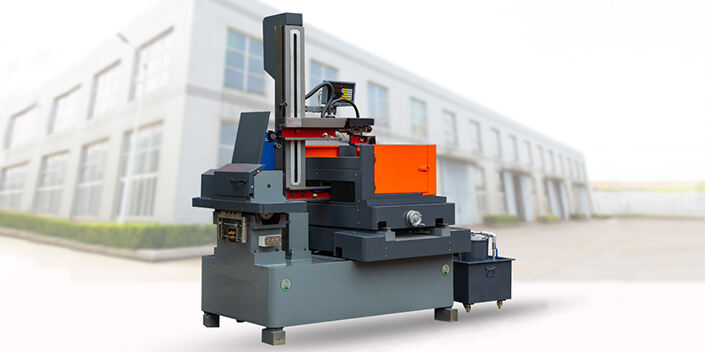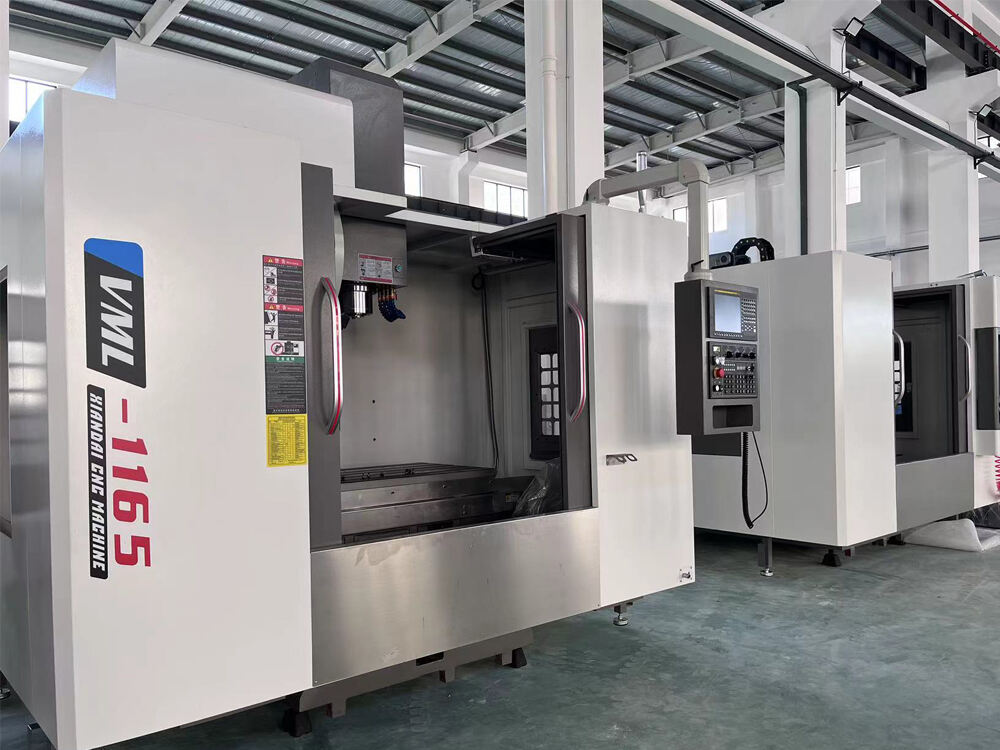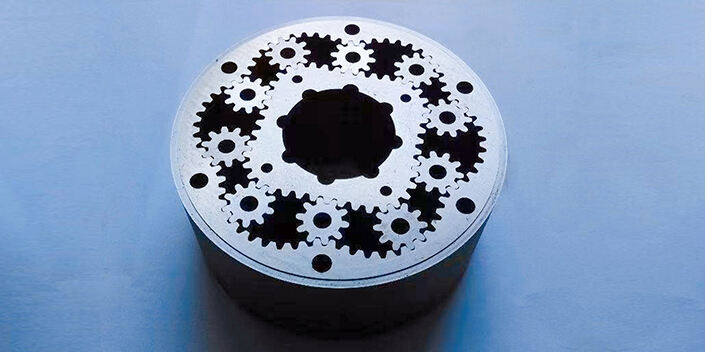Understanding the Spring Industry Landscape
Springs serve as mechanical parts that can store and then let go of energy, and they're pretty important in lots of different fields. Think about cars, planes, even gadgets we use every day. There are actually quite a few kinds of springs out there, each built for its own special job depending on what it needs to do. Compression springs basically push back when something tries to squish them down. Extension springs work the opposite way, pulling things together when stretched apart. And then there are torsion springs which twist instead of stretch or compress. These different spring types handle all sorts of tasks across industries. Car suspensions rely heavily on certain spring designs while smaller electronics might need springs that fit into tight spaces but still perform reliably.
The spring manufacturing sector looks set for some serious growth in coming years, with forecasts pointing to substantial expansion through at least 2029. What's driving all this? Well, factories are getting smarter with automation taking hold across production lines, while companies need better materials than ever before. Advanced alloys and other specialty metals are becoming must-haves for many applications. The automotive world keeps growing too, especially with electric vehicles needing different spring solutions compared to traditional cars. Same story in aerospace where weight savings matter so much. Manufacturers aren't just keeping up either they're investing heavily in cutting edge equipment like wire EDM systems and laser cutting tech. These tools aren't just making springs faster they're creating parts with tighter tolerances and fewer defects, which naturally makes customers want more of them.
Challenges Facing the Spring Industry
Spring makers across the board are facing some serious headwinds these days, mostly because old school manufacturing just isn't cutting it anymore. The problem? Traditional approaches take forever to produce parts and eat up way too much money, leaving factories struggling to keep pace with competitors. Take a look at how things work on the shop floor - many plants still rely heavily on hand assembly and equipment straight out of the 80s, which naturally means orders take weeks instead of days. When production slows down like this, costs balloon while customers get frustrated waiting for their parts. And now comes the really tough part: new tech keeps coming online at lightning speed, pushing everyone to deliver better quality products faster than ever before if they want to survive in today's marketplace.
Customization and getting things done quickly remain big problems for folks in the spring business. These days, companies want all sorts of special designs tailored just right for their specific needs. But old school manufacturing methods just aren't built for making quick prototypes or adjusting to those weird specs customers throw at them. What happens? Well, there's often a disconnect between what clients expect and what actually gets delivered from the factory floor. This mismatch doesn't just cost time and money it also means products don't perform as well as they should, leaving customers frustrated. If the spring industry wants to stay competitive going forward, it needs to tackle these issues head on. That means looking at newer ways of doing things like experimenting with different materials and bringing automation into the mix so manufacturers can keep up with today's constantly changing demands without breaking a sweat.
Innovations in the Spring Industry
Recent developments in the spring manufacturing field have come from using better materials and special alloys, things like high strength steel and composite blends. Springs made with these new stuff last longer and bend without breaking as easily, which makes them work better when put through tough conditions. Old fashioned materials just can't keep up anymore against newer options such as titanium or those shape changing alloys that remember their original form. These modern alternatives resist rusting and wear down much slower over time. The move to these upgraded materials means springs last longer before needing replacement and perform far better than ever before. Industries across many different areas are starting to notice this change and adjust their expectations about what good quality springs should actually do for them.
The spring industry is seeing major changes thanks to precision manufacturing methods like CAD and CAM systems. With CAD software, engineers can now draft intricate designs that would have taken weeks if not impossible back when everything was done manually on paper. The computer modeling just gives so much flexibility compared to old school drafting tables. On the production side, CAM technology takes those digital blueprints and turns them into reality with remarkable accuracy. When these two technologies work together, companies can build prototypes much faster than before, which means they can test different versions and tweak things as needed without wasting materials. What this really does is let manufacturers create custom springs that fit exactly what customers need down to the last detail. As competition heats up across manufacturing sectors, staying ahead requires embracing these kinds of tech innovations to keep up with ever changing market expectations and deliver products that stand out from the crowd.
Automation and its Impact on Spring Manufacturing
The spring industry is finding that going automated isn't just helpful anymore it's pretty much necessary if they want to stay productive. When companies automate their workflows, they typically see lower labor expenses and shorter wait times before products hit shelves. This means businesses can react faster when customers start wanting different things or when competitors throw something new into the mix. The whole point of automation is really about making operations run smoother while cutting down on hands-on work requirements. Production speeds pick up too, which naturally makes everything more efficient across the board. What's interesting though is how this change affects bottom lines beyond just saving money. Manufacturers gain flexibility in scaling operations up or down depending on what the market throws at them next month, something that becomes increasingly important as consumer preferences continue shifting unpredictably these days.
In today's spring manufacturing world, robots have become essential for getting things right. They boost accuracy大大 and cut down on those annoying little errors people sometimes make. With their fancy eyesight tech, these machines handle complex jobs that used to take hours of manual work, which means better quality springs coming off the line every time. The whole process gets much more detailed when using robotics in spring production, so each part actually hits those tough industry specs most companies demand. When robots take over what humans did before, there are fewer slip ups and the finished products just work better overall. Most factories report smoother operations once they bring in robotic help for repetitive tasks.
Emerging Technologies Shaping the Future of Spring Manufacturing
New tech stuff such as artificial intelligence and internet of things devices is changing how springs get made in factories across the country. Spring makers now have access to live data streams that help them run their operations better than ever before. For instance, smart sensors can actually predict when machines might break down, so factory workers fix problems before they happen instead of waiting for breakdowns to occur. This means fewer days lost due to equipment failures and overall better output from production lines. When companies integrate these modern tools into their existing systems, they often see noticeable improvements in workflow efficiency specifically within the complex world of metal spring fabrication where precision matters most.
New measurement methods like laser cutting machines and flow waterjet systems are now helping manufacturers reach remarkable accuracy and precision levels. The benefits go beyond just better products quality they also cut down on wasted materials quite substantially. Take laser cutting for instance it can slice through metals with incredible accuracy, while waterjets handle softer materials without heat distortion. Both have become essential tools when creating complex spring components that require tight tolerances. Looking ahead, continued improvements in these tech areas will likely change what we expect from spring production standards altogether. Manufacturers who adopt these innovations early tend to see real advantages in both sustainability metrics and bottom line savings over time.
Benefits of Innovations in the Spring Industry
The spring industry has seen some pretty impressive improvements lately that really boost how well these components work and last longer. Better materials combined with newer manufacturing techniques, including things like EDM machines, mean springs can handle much harsher environments without breaking down so quickly. What this all adds up to is stronger, more trustworthy products across the board. Industrial equipment runs smoother, automotive parts hold up better over time, and even consumer goods benefit from these advancements. The bottom line is fewer breakdowns and replacements needed throughout different industries where springs play a critical role.
More customization choices have become possible lately, meeting all sorts of different application needs across various industries. Companies aren't stuck with one size fits all anymore they can actually build solutions that match exactly what they need operationally. When systems are customized properly, everything runs better and smoother. Take springs for instance many manufacturers now get them specially made for particular jobs instead of settling for generic ones. This kind of customization works hand in hand with other tech advances we see happening right now like laser cutters and water jet systems. Together these improvements point to real opportunities for the industry to grow while staying competitive in today's market demands.
Looking Ahead: The Future of Spring Manufacturing
Spring manufacturing is moving toward greener production techniques these days. Many companies are turning to recycled steel alloys and implementing energy saving measures in their factories. The industry has started paying serious attention to waste reduction across all stages of production while working hard to cut down on greenhouse gas emissions. For example, some manufacturers have switched to closed loop water systems that reuse cooling fluids instead of letting them go to waste. Going green isn't just good for Mother Earth either. Businesses that commit to sustainable practices tend to see real improvements in how customers perceive their brands. When consumers know a company cares about environmental impact, they often develop stronger loyalty over time.
Spring manufacturers have plenty of room to grow their business, especially in newer areas like solar panels and medical devices. These little components actually matter a lot in those cutting edge technologies, creating fresh income sources while making products better overall. When wind farms expand or hospitals upgrade equipment, they need specialized springs that can handle unique requirements. The market for creative spring solutions keeps growing alongside these industries, so companies that adapt early stand to gain serious ground against competitors still stuck in traditional markets.
Table of Contents
- Understanding the Spring Industry Landscape
- Challenges Facing the Spring Industry
- Innovations in the Spring Industry
- Automation and its Impact on Spring Manufacturing
- Emerging Technologies Shaping the Future of Spring Manufacturing
- Benefits of Innovations in the Spring Industry
- Looking Ahead: The Future of Spring Manufacturing





